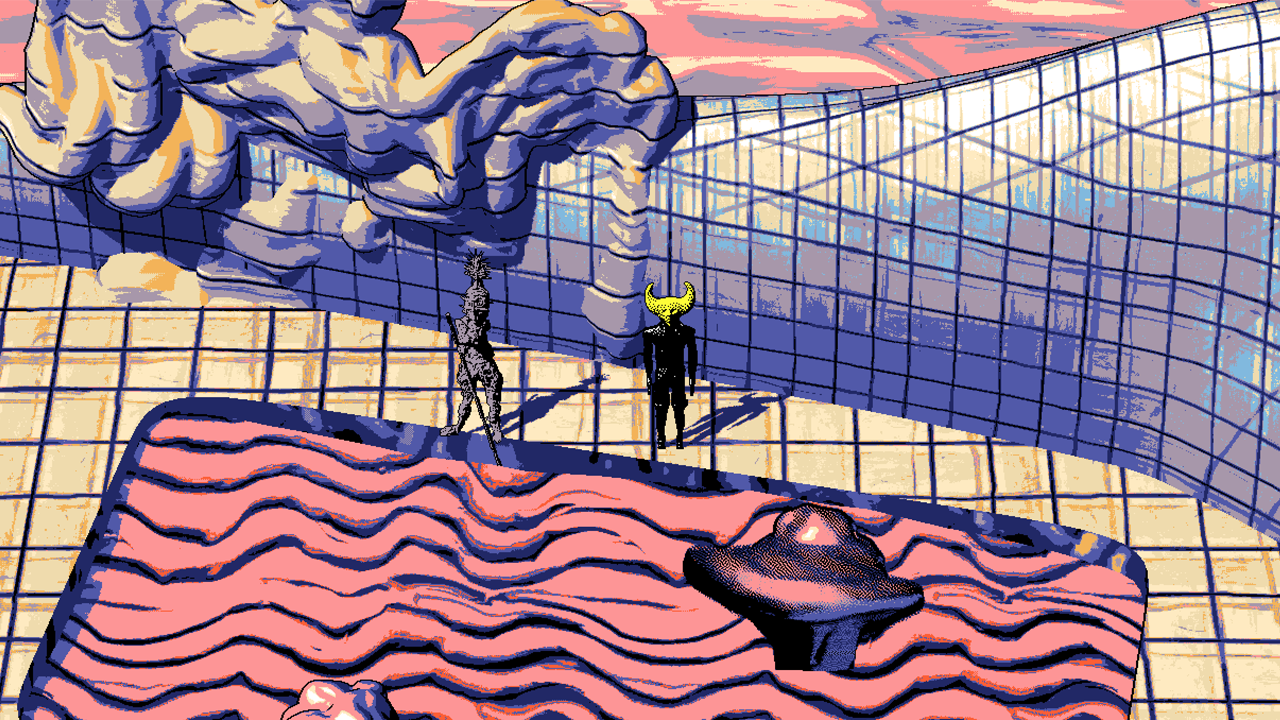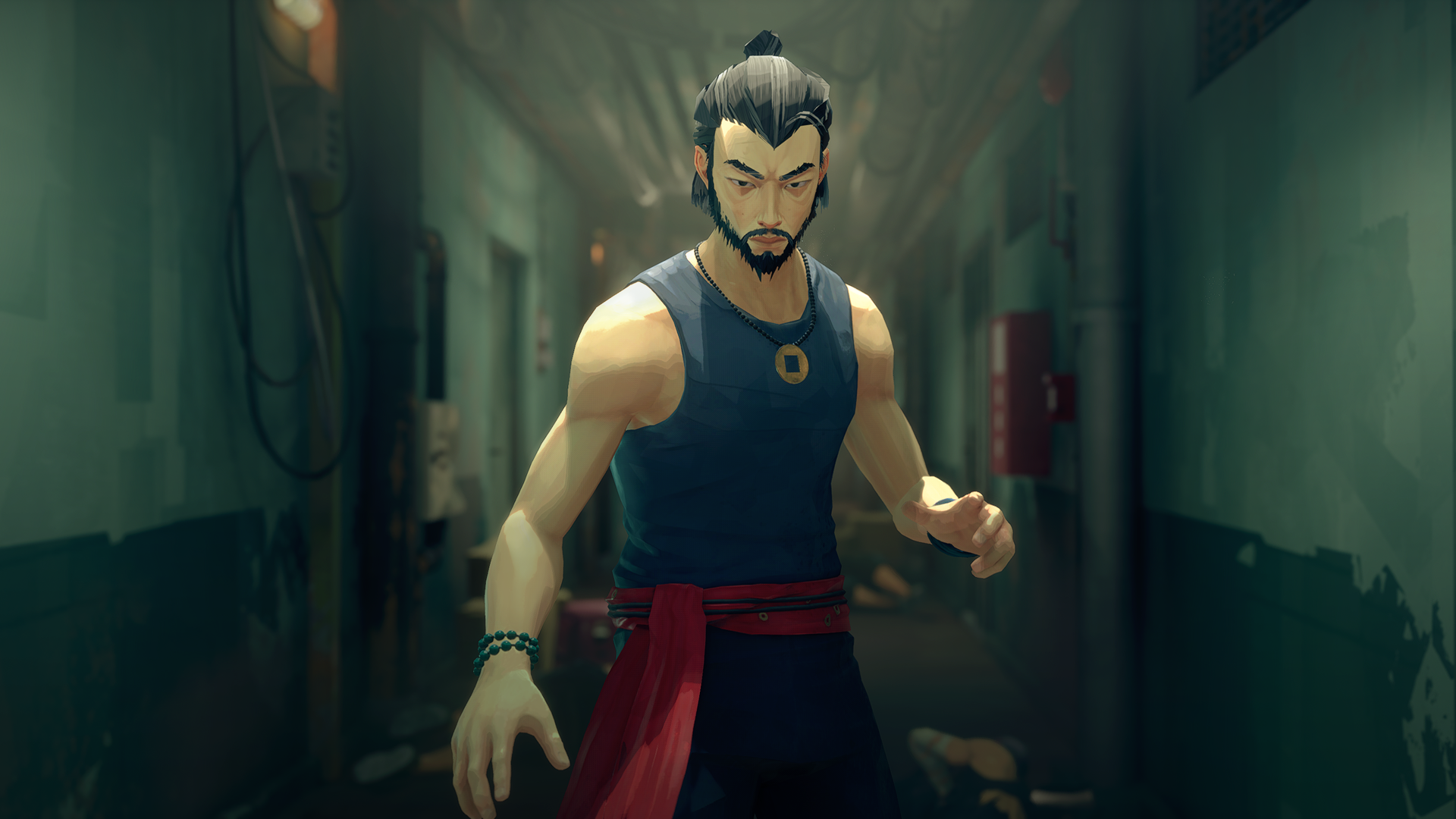Share
I wrote an article last year about King’s Field IV (also known as King’s Field: The Ancient City in the US, but we’ll use the shorter title going forward). In it I talked about how the controls felt odd and sluggish, and the pacing of the game a little aimless regarding player direction. While I was overall favorable with my impressions, I spoke of the game with a cavalier tone of someone that thinks they have something all figured out after only dipping their toes in.
The thing is, I had made the classic blunder one can make when writing about the game: I hadn’t finished it. Not only had I not finished it, but I had only gotten a little ways through it before feeling like I had a good handle on it at the time.
After writing that article I set the game down and walked away with it to write other articles, and to edit all the ones on the site at time of writing. Foolish, I know, and it was something that stuck with me. It bothered me like a bad ache.
So I did the only thing I could do and I played through every one of the FromSoftware Souls games, then went back to King’s Field IV and actually played through all of it this time around.
What I thought was just a quest to write an editorial wrong, became a revelation.
Experiences By Design
Let’s not get things twisted, King’s Field IV has obtuse controls. With the few ways you can alter the control scheme I wound up playing with my shoulder buttons being how I looked up, down, left, and right, while my left joystick was how I moved around.
For modern video games this would feel like something designed for an alien, but there’s a few things to consider.
First, is that King’s Field IV came out one month before the first Halo took the world by storm and gave us a standard to build off of for first-person games. The second is that this control scheme, while being linked to prior King’s Field titles, and quite archaic as mentioned, is critical to the overall atmosphere of the game.
Why? Because in this game you’re not the big hero, the chosen one, or anyone special.
Well, you’re a prince of a nearby country to the one where all this nonsense is happening, but outside of that you’re just some guy who happened to be given the game’s macguffin. It’s only natural then that you’re not going to have the greatest skill wielding weapons or maneuvering around the dangers that are around every corner. Your swinging arcs move at a deliberate pace an angle that force you to learn them the same way a fighting game requires learning inputs to even begin doing combos.
On top of that the slower pace at which you move allows you to be sure that for the eagle-eyed, you can see every enemy, trap, and pitfall before you go and lose an hour of gameplay because you weren’t paying enough attention. This is a game where the dangers are many and help fleeting, so making sure that you are aware, and given something of a fair shot is critical.
While the gameplay certainly isn’t for everyone, hell it probably isn’t for most people, I have to withdraw my earlier statements calling it clunky. The game knows what it is, and while the controls are objectively archaic, they hold up to scrutiny.
Labyrinthine Genius
Nowhere is this better shown than in the game’s level design. Verticality and interconnected are two terms that get tossed around when describing big worlds that loop back on themselves. While they can get overused in some capacity, they are apt descriptors here.
Much of the game is built around a central tower, and many of the levels will open shortcuts to other zones or loop back around to the tower directly. On several occasions I’d start to feel my supplies running thin, my HP and mana low, only to open a door that led me to someplace familiar where I knew safety was nearby. The game is also clever enough to place important shopkeepers, restorative pools of water, and other useful things in or around the tower so that as you continue your quest, you know precisely where to go should you need to restock and rest up.
It also shows a direct kind of progress to the player through the classic, but reliable method of stomping enemies that before may have given you some trouble. I think it’s safe to say that most people get some satisfaction from going back to an enemy that killed you or gave you a world of trouble only to take them out in one or two swings.
Not So Intelligent A.I.
All that said however, the gameplay isn’t without its faults, particularly when it comes to the enemy A.I. Fans of the shooters and Souls games alike will be all too familiar with the tried and true method of circle strafing your opponent, and for most common enemies in this game, it is the key to victory. Bosses do offer more of a challenge, but even they often will have an exploit that you can easily utilize to seize victory.
This does make each time you take a hit or die sting all the more, since now you’re adding your own failure onto your loss of HP. There’s something particularly embarrassing about getting whacked by an evil tree in this game that lingers long after you’ve defeated the enemy.

Narrow but Deep
Spartan storytelling is nothing new to FromSoftware titles, and King’s Field IV is no exception. The game gets you off to the races with a pretty minimal plot surrounding a cursed idol that brings ruin wherever it goes. The last attempt to return the idol to where it originated from failed, and now you are tasked with doing what they could not.
There’s more to it. Lore tidbits of kingdoms and a great sword master, but the bare bone essentials are thus. Overall it’s serviceable, if a bit rote as far as fantasy narratives go, but as with anything, the devil’s in the details.
Not So Cheap Talk
Throughout your adventure you’ll meet despairing soldiers, morose merchants, a depressed dwarf, and a very small handful of other characters that all deliver bits of dialog that helps to provide context of the world you’re inhabiting.
At a first glance, it’s easy to dismiss most of this writing as superfluous, but it’s critical to the game’s story. What starts off as a simple quest soon begins to expand to encompass themes discussing the nature of power, the fall of a once noble civilization, and the lengths people will go to in order to survive.
The characters themselves aren’t memorable, but the scenes they are a part of are. One moment that surprised me was when I found the sword master that had been talked up throughout the game.

In my head, I’d concocted this big boss battle that would occur. Several NPC’s mentioned him, and eventually some soldiers I’d found camped out in a makeshift fort they had made mentioned he’d gotten dragged off by snake men.
This was it, the moment. He’d have been corrupted and we’d have our big standoff. What I found was anticlimactic, but so much more hard hitting. I did find him, but he was long dead. His body slumped against a wall in a cell. The only thing the player is able to do is take his sword and continue the quest that even he was not strong enough to complete.
It was an oddly somber moment for a character that I really didn’t have any real attachment to. King’s Field IV is full of moments like that, ones that, for no other reason than there are so few people you interact with in the game, carry a surprising amount of weight. Every time one of them dies, that’s one less person around, and your already lonesome journey grows even more so.
Stone Tells the Tale
Another thing that you will find on your adventure are etchings on walls that, the deeper into the city you get, become more desperate and fatalistic about what happened to those that came before you. What starts off as just some general lore becomes warnings, last thoughts, and other things that speak to people desperate to leave a message for whomever is unearthing these secrets to warn them of what has happened.
Many of these are located in the later half of the game, and they worked to keep me curious about what was coming, or what had happened to this place. Occasionally the thought of what it might have been like in its prime occurred, usually just before I had to fight a skeleton that was clattering its way towards me.
What all of this does, combined with the then impressive visuals for 2001 and a soundtrack by Tsukasa Saitoh, is work to create a sense of dreadful wonder. While you know that what is coming next is going to be more dangerous, and more harrowing than what you just overcame, it’s also going to be something interesting and exciting to explore.
It’s also, and I hate to use this word, very immersive. I lost hours to this game during my playthrough, and oftentimes my only indicator of how much time had passed would be the in-game counter that displays at save points. Sometimes what felt like an hour would have turned out to be four.
What is Forbidden Must Be Known
What I’m trying to say with all of this is that King’s Field IV is really good. I could write about this game for hours, something evidenced that I’m using my editorial privilege to write a second article about it within a little over a year. Please know that, like the protagonist of the game, I do so with good intentions.
I initially spoke of it as something that was only for the hardest of core gamers, and while that is true, I think that the game is all the better for it. I went back to it expecting the full experience to just be a prototype for Demon’s Souls, and instead found something that stands wholly on its own as a unique and exciting experience. I came out the other end having adored the experience and to my surprise, wanting to play it again.
I’ll also say that I like Drakengard without a shred of irony, and that I am probably wrong, though. Whatever the case, I love this game, and I’m probably going to go and explore another underground structure, one that involves a lot more shadows.




